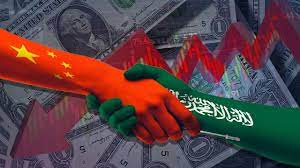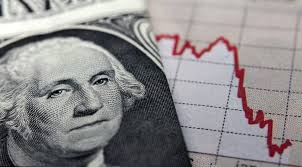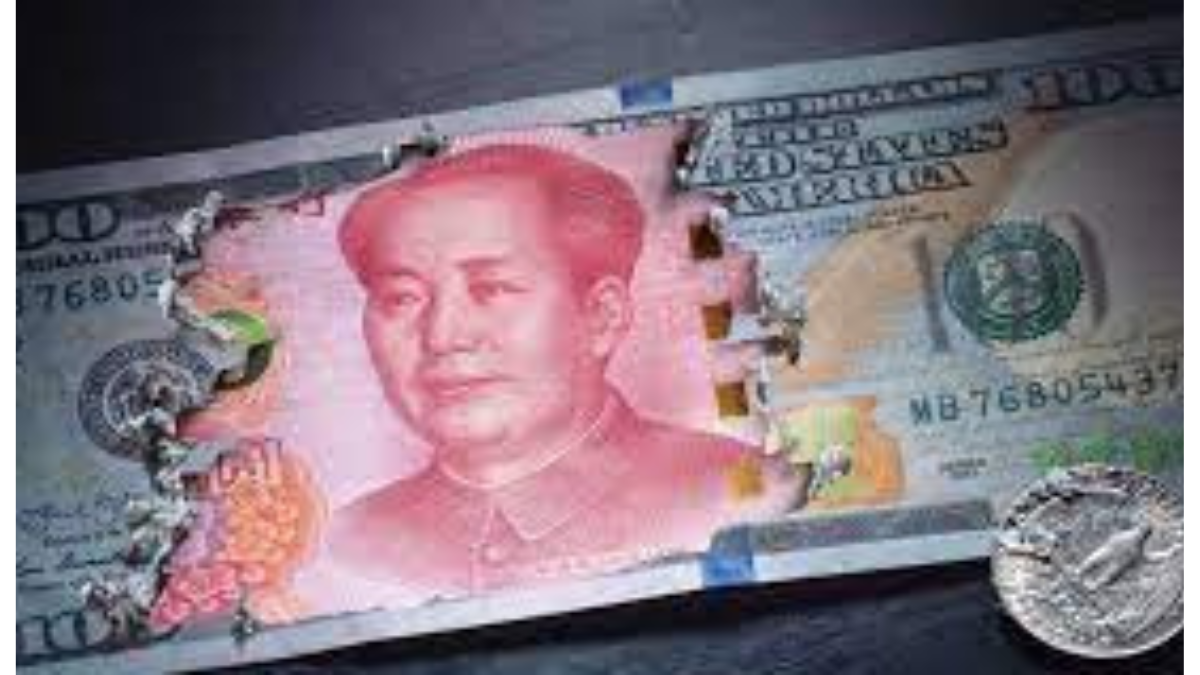A local currency swap agreement was signed by the Saudi Central Bank and the People’s Bank of China (PBC), the country’s central bank. The amount of the swap is 26 billion Saudi riyals, or 50 billion yuan ($6.98 billion). It is mutually extendable beyond its three-year expiration date. The State Council has approved the swap arrangement, which will increase financial cooperation, increase the use of both currencies and facilitate trade and investment.
The agreement represents a significant advancement for the yuan’s use globally as well as a breakthrough for its promotion in the Middle East. Businesses in Saudi Arabia can use the yuan in more situations with fewer limitations, particularly for foreign trade and economic cooperation.
Saudi Arabia, one of the world’s top producers of crude oil, typically conducts its international trade in US dollars. The usage of the yuan, according to observers, might improve bilateral crude exchanges. Chinese officials are working to encourage the internationalization of the yuan.
Earlier this month, China’s central bank pledged to gradually and prudently advance the yuan’s internationalization, setting goals for the financial market’s opening. An essential feature is the ease with which the yuan can be used as a medium of exchange.
Table of Contents
What does this mean for China and Saudi Arabia?
According to the PBC, constant efforts will be made to effectively leverage currency swaps to support the growth of the offshore yuan market and ease trade and investment, as well as to steadily advance bilateral currency swaps and local currency settlement cooperation with other central banks.
At the end of September, the outstanding balance on China’s foreign exchange swap lines reached a record-breaking 117 billion yuan. At the end of September, the outstanding balance on China’s foreign exchange swap lines reached a record-breaking high of 117 billion yuan.

About 83% of Saudi Arabia’s total exports to China last year were crude oil worth US$65 billion. China’s primary supplier of oil was still Russia last month, as limited supply caused a 2.5 percent drop in Saudi Arabian imports from September. The Saudi central bank needs to exchange currencies to encourage foreign investment and the kingdom’s Saudi Vision 2030 initiative, which aims to diversify the country’s economy and lessen Saudi Arabia’s reliance on fossil fuels.
A memorandum of understanding (MoU) was signed by China and Saudi Arabia to share knowledge on contemporary transportation software systems, such as those used in the construction of better roads, autonomous vehicles, shipping lines, and port operations. China granted Saudi Arabia the Approved Destination Status to strengthen ties with the kingdom in the travel industry. Chinese tourists will be able to come to the Kingdom in groups thanks to this. In the tourism industry, this will promote open opportunities and connectivity.
The governor emphasized the significance of foreign investment and fintech-driven financial inclusion while also urging Chinese banks to develop and flourish in Saudi Arabia. The second Chinese lender to open a branch in the kingdom was the Bank of China, which did so in September.
Is de-dollarization in effect through a swap deal?

The PBOC has signed thirty swap agreements with SAMA in the last ten years as China has accelerated the yuan’s adoption globally. The United Arab Emirates in 2012, Qatar in 2014, and Egypt in 2016 are just a few of the Middle Eastern nations with which the Chinese central bank already has swap agreements.
China has long been eager to expand the use of the yuan abroad to lessen its reliance on US dollars. The invasion of Ukraine by Russia coincided with Western sanctions against Moscow, demonstrating the disastrous effects of a dollar-based economy.
Rising US interest rates over the past year have also increased the value of the dollar, which has encouraged some emerging economies to move to more affordable transactions denominated in yuan.
Yuan-denominated contracts on the Shanghai International Energy Exchange (INE) seized market share from dollar-denominated products traded in hubs like New York and London, suggesting that the effort was paying off. Amid a severe economic crisis, with annual inflation above 130% and central bank dollar reserves hitting negative levels, Argentina in October activated a currency swap line with China for the second time in three years, to the tune of $6.5 billion.



